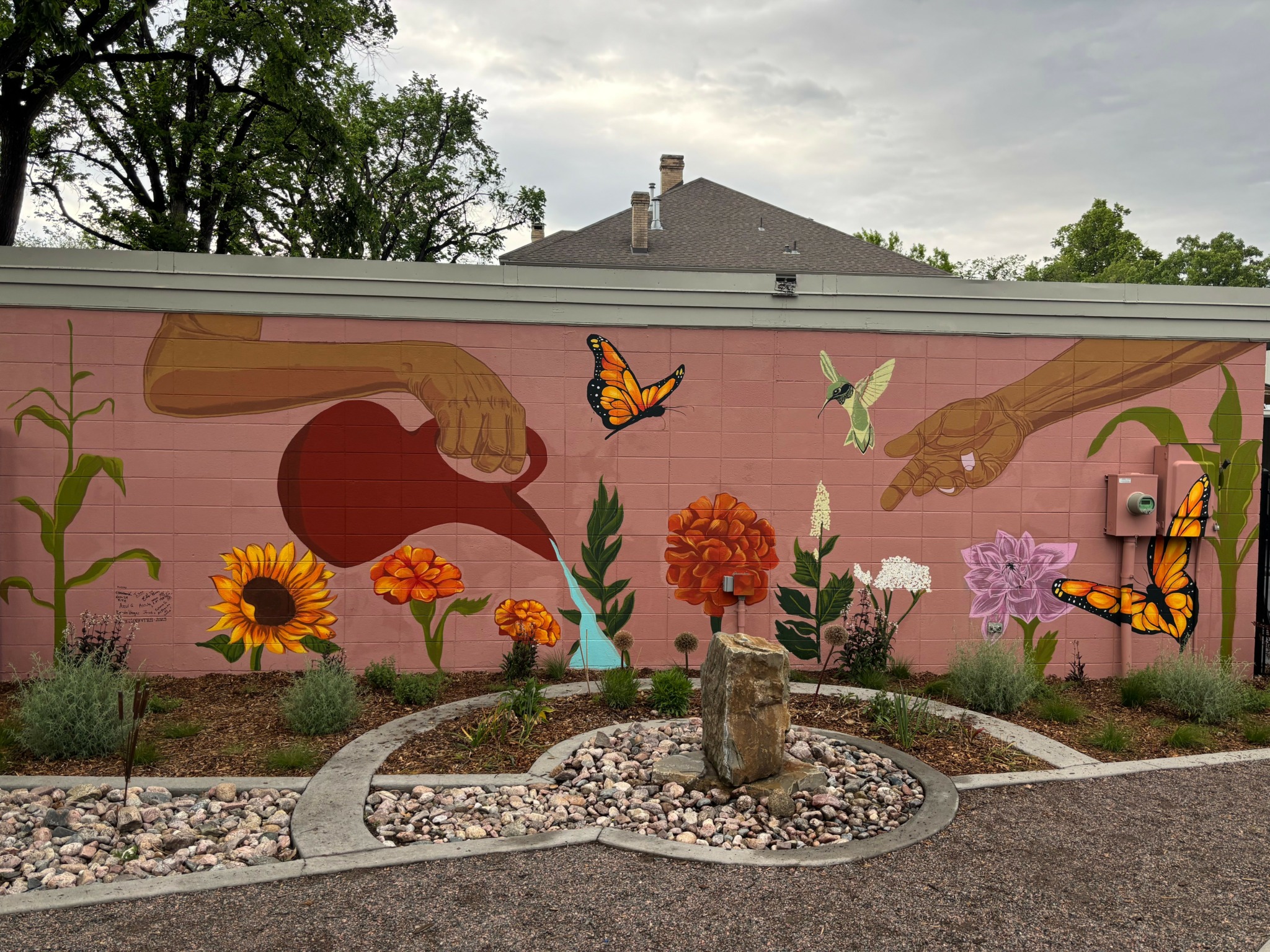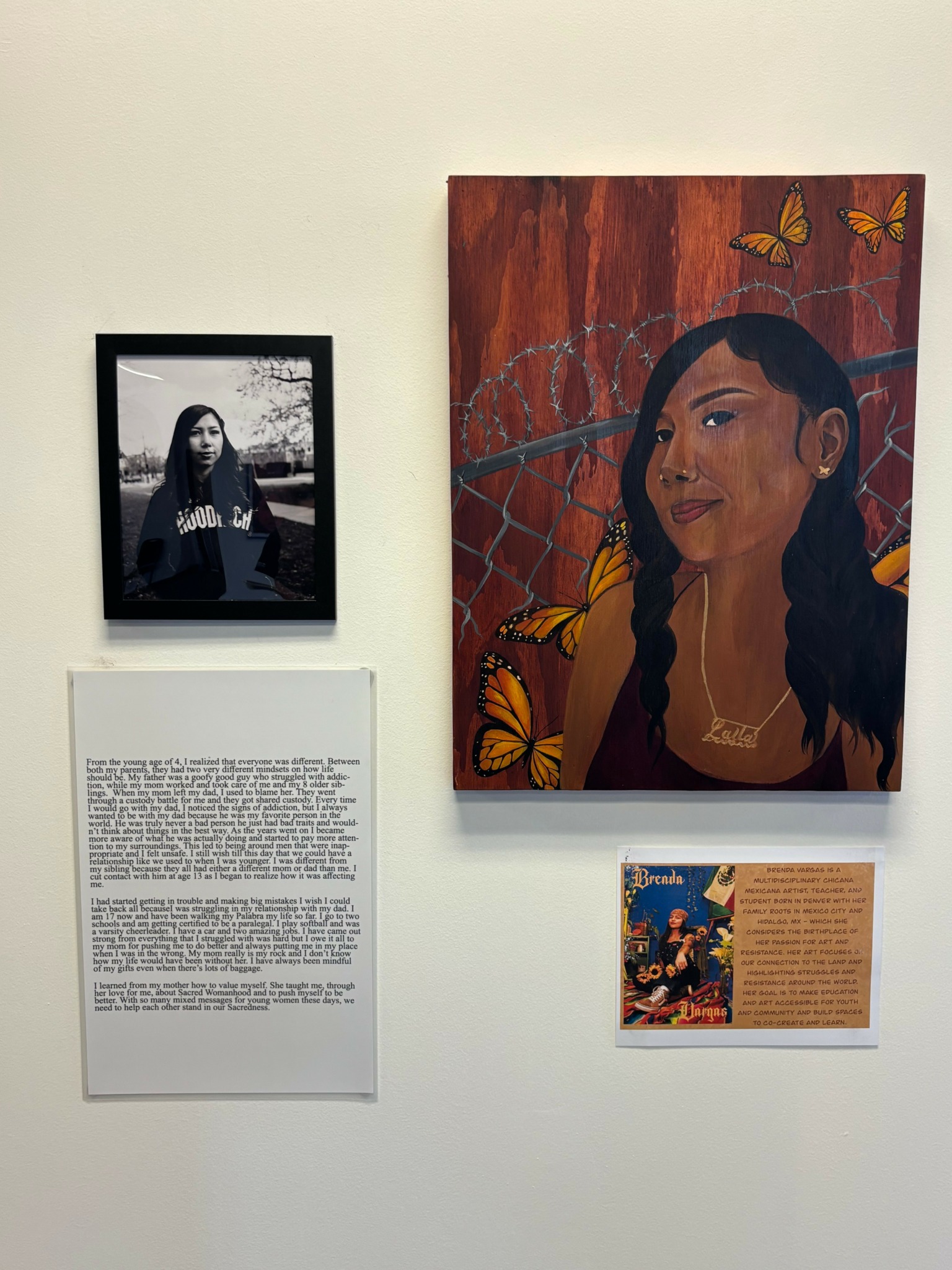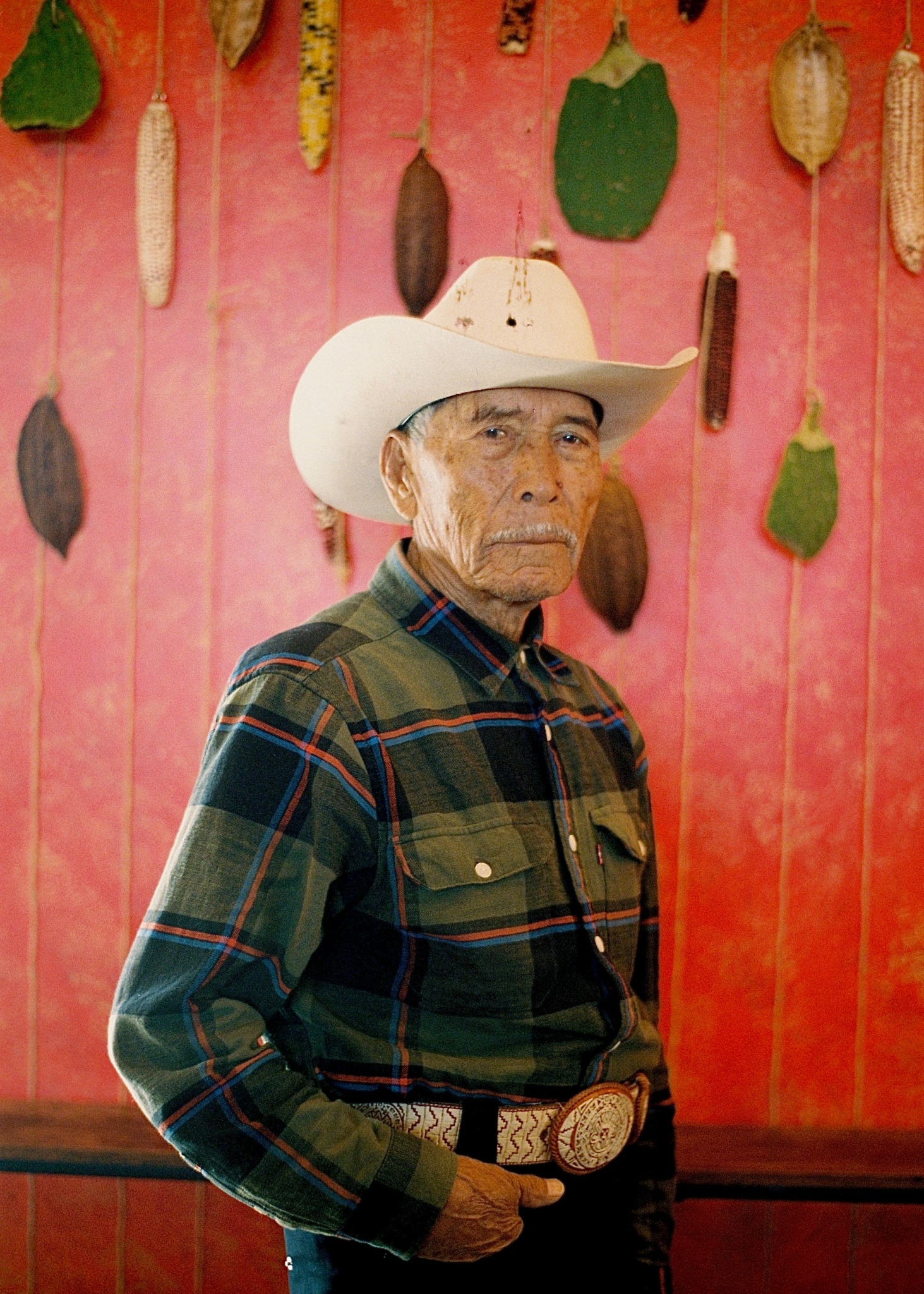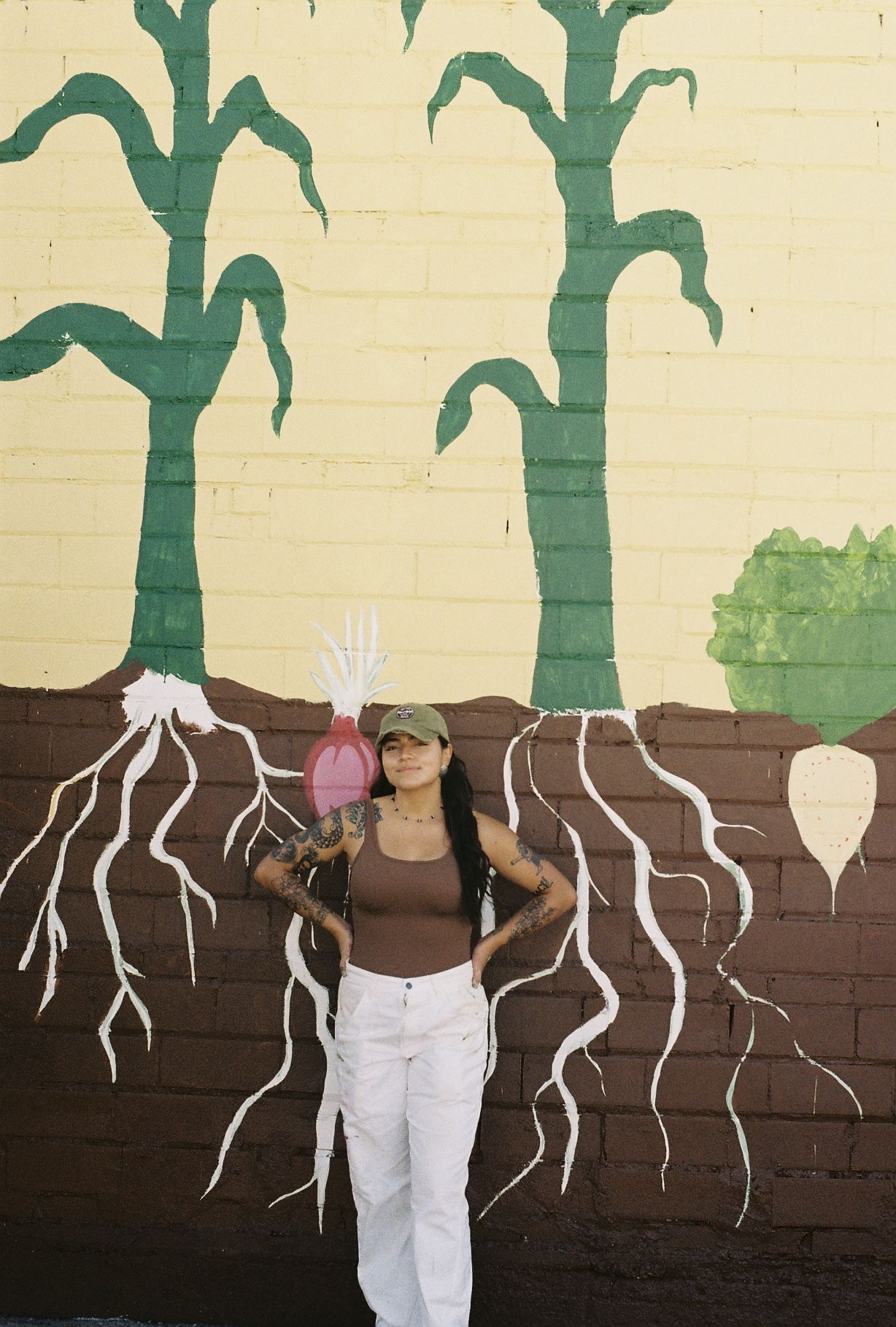We caught up with the brilliant and insightful Brenda Vargas a few weeks ago and have shared our conversation below.
Alright, Brenda thanks for taking the time to share your stories and insights with us today. What’s been the most meaningful project you’ve worked on?
The most meaningful project I have ever worked on was one that I actually recently finished. I was asked to curate an art show for a program called Huitzilin Warriors, through a non-profit doing incredible work – Denver Healing Generations. The Huitzilin Warriors program is offered to Indigenous and Chicanx youth with the intention of supporting them as leaders and change makers in their community. We were able to curate a one day pop-up art gallery called, “Warriors of Palabra,” which included the stories of 10 young people. These stories were then interpreted by 10 different artists from Denver and Greeley, and each artist was able to create an original piece that told the story of each young person. I participated not only as the show curator, but also as an artist that was paired with a youth. The whole process, from each meet up with youth, reading their stories, and the gallery show itself was special and a testament to the power of community. It was beautiful to know that we could uplift the stories of the younger generations that are coming up, and in some ways, heal ourselves in the process.

Great, appreciate you sharing that with us. Before we ask you to share more of your insights, can you take a moment to introduce yourself and how you got to where you are today to our readers.
My name is Brenda Vargas and I am a multidisciplinary Chicana, Mexicana artist, teacher, and student born in Southwest Denver with my family roots from Mexico City and Pachuca, Hidalgo – which I consider the birthplace of my passion for art and resistance. My art focuses on my connection to the land as someone who grew up in the city, north of the imposed border. Growing up, I was always fixated on stories my dad told me about my grandparents working the land, our creation story as people made from maíz, on food and plants that reminded him of home, and in turn, connected me to home as well. These stories have influenced my way of seeing the world, and it has become the base of what I create in my work. In a lot of ways, these stories of resistance and love influenced stories I would begin to study about resistance around the world. My art also reflects these stories.
I predominantly paint and create murals, but I also love printmaking and photography. I have recently used my photography as a way to archive my family stories, something that we as a family have not had access to previously. I am one of the first in my family to begin the process of researching our roots and gathering stories from our elders.
I was able to practice art in high school, where I began to realize how much I loved creating and felt the need to want to continue to learn new art skills. In college I took a few art classes but most of my artistic inspiration has come from the homies that provide a lot of support and guidance in my journey.
I think in this fast-paced, individualistic world, we urgently need spaces to create art. My goal is to make education and art accessible for youth and community and build spaces to co-create and learn. That’s partially the reason that I have stepped into teaching art workshops to the Denver and Greeley community. I learned from others and now it’s not just about me creating art, it’s about opening up that for others as well.

How can we best help foster a strong, supportive environment for artists and creatives?
I think within the art community, there needs to be more spaces of collaboration and co-creation, and I think we can really look back to some of those earlier examples of artists that have created art collectives, and spaces of learning where competition wasn’t at the forefront. We look at the collaboration of artists during the Mexican Revolution, during the Chicano Movement, collaboration even in contemporary times between Zapatistas and Black Panthers in Chiapas. It was really about sharing knowledge, resources, tools, and building communities with shared values and ideologies. For too long I have heard folx talk about the need for these spaces but it’s really our responsibility to step up and create them if we are not seeing them, not just for us, but for future generations.
I will also add that now more than ever, it’s our responsibility to uplift young people and their artistry, and make that transition easier for them, because it is a beast getting into the art world as a young person.

What do you think is the goal or mission that drives your creative journey?
I think that my art in general has been an expression of my culture, my values, of who I am, and what I have experienced as a person. As I continue to create I really want to represent the voices of oppressed people from all around the world. I want to center the voices of my family, my community, and all those who I may not know personally, but have had a lasting impact on me. We have many shared stories of resistance. There’s a lot of historical and contemporary resistance movements that have inspired me as a person and as an artist and I feel called to create art that represents those struggles so that others may learn and understand them as well. Part of my mission, as I said before, is working with young people and creating spaces where the community can not only create art, but think critically about the world around them. As a teacher, it’s very important that these spaces exist outside of a traditional classroom, especially now that we are seeing devastating cuts to the education system. To me, art is a driving force and tool in creating change. My mission has and always will be to share this tool with others.
Contact Info:
- Instagram: b.vrgas



Image Credits
Brenda Vargas


